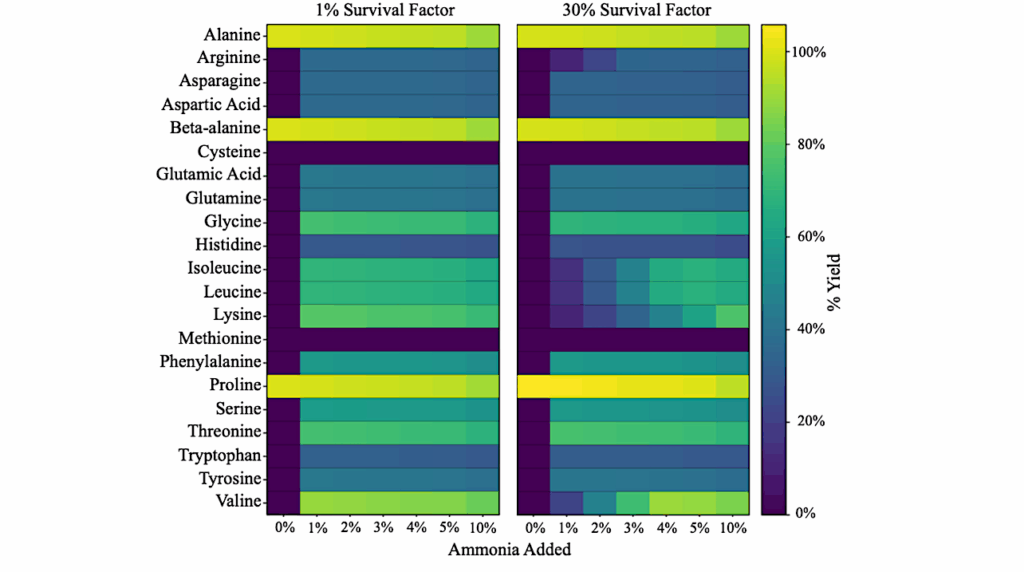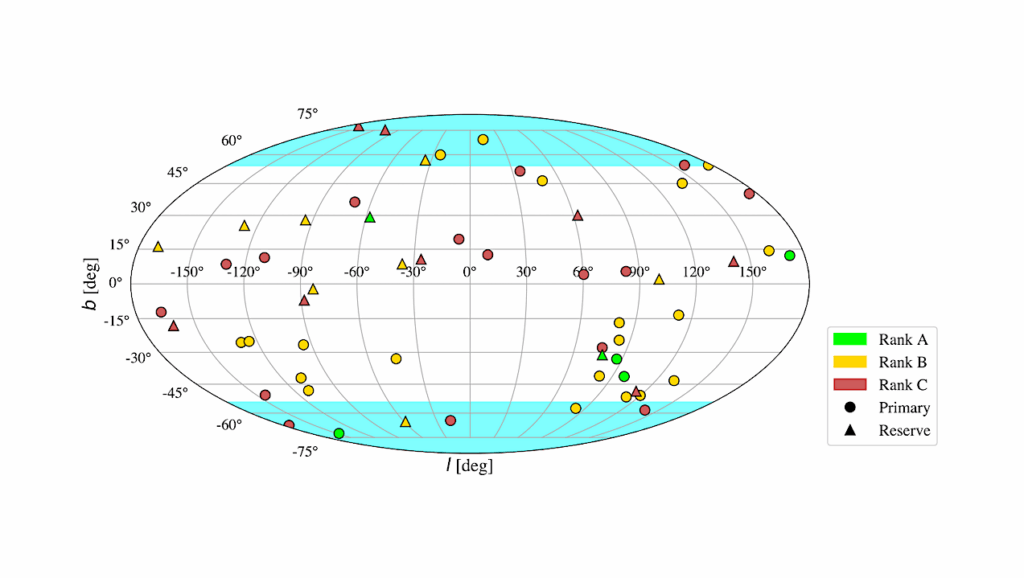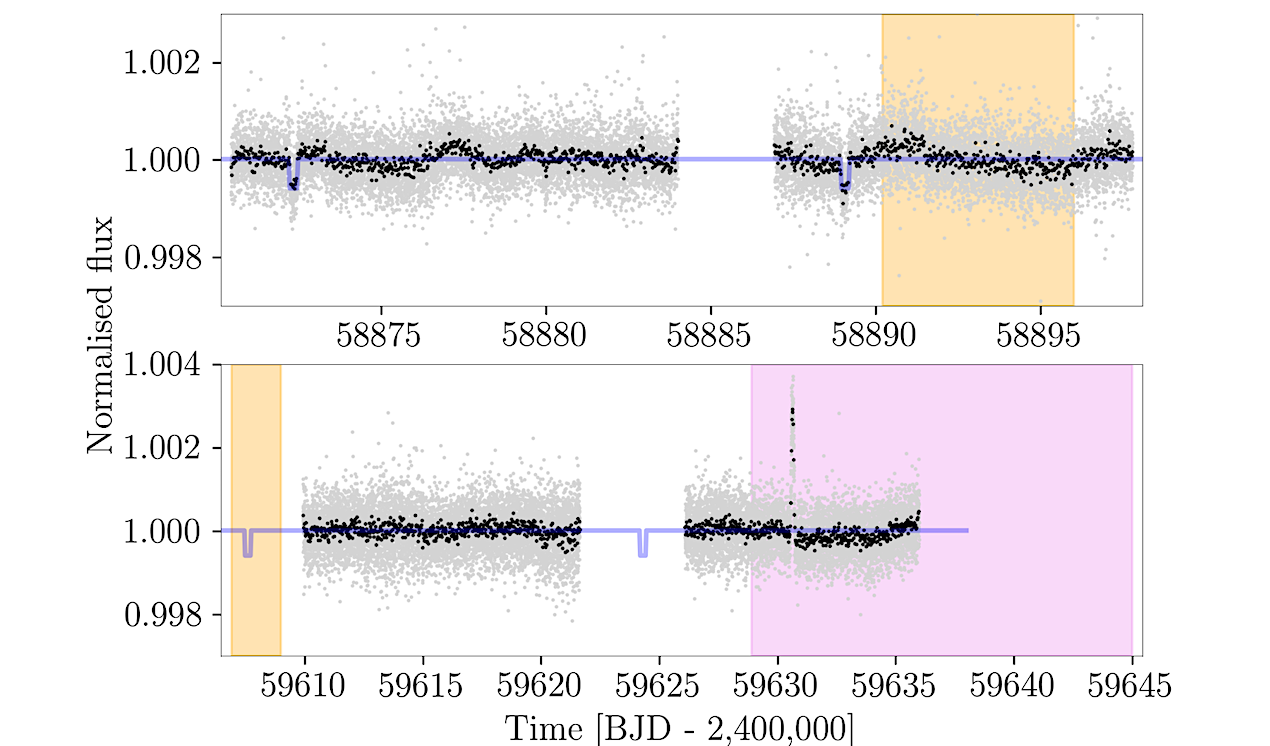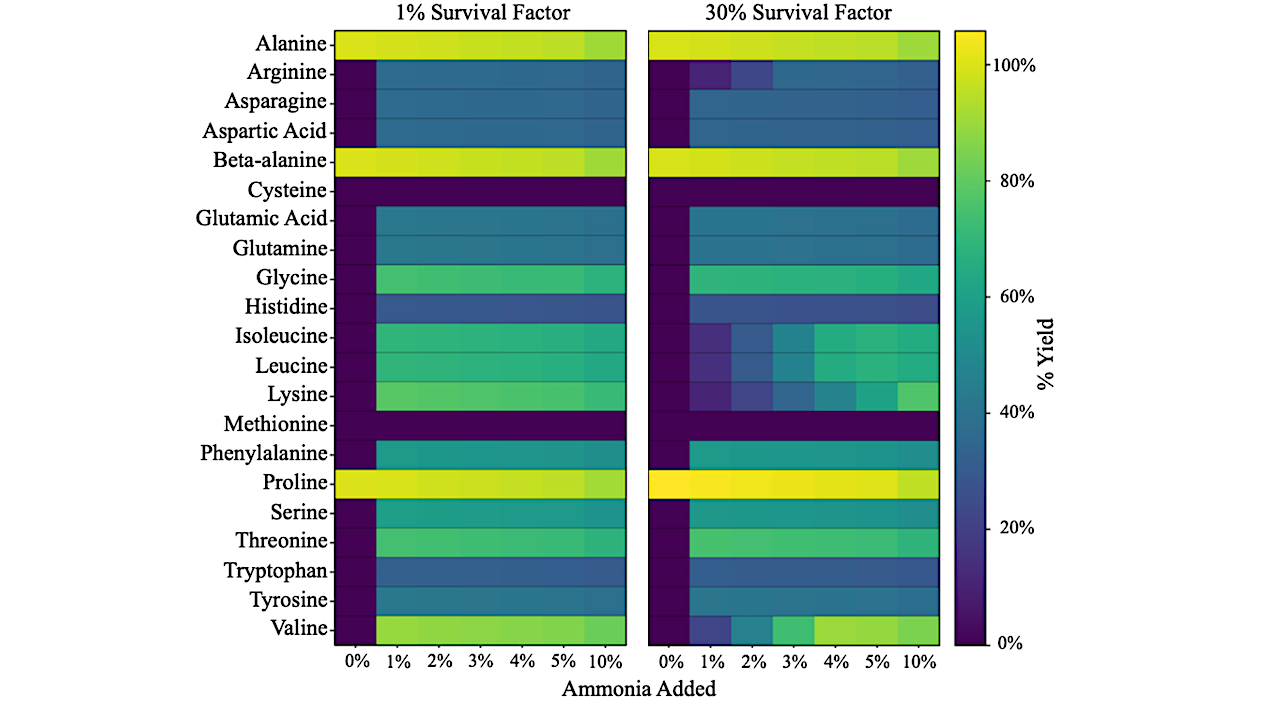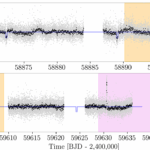Now Reading: What A Martian Ice Age Left Behind
-
01
What A Martian Ice Age Left Behind
What A Martian Ice Age Left Behind
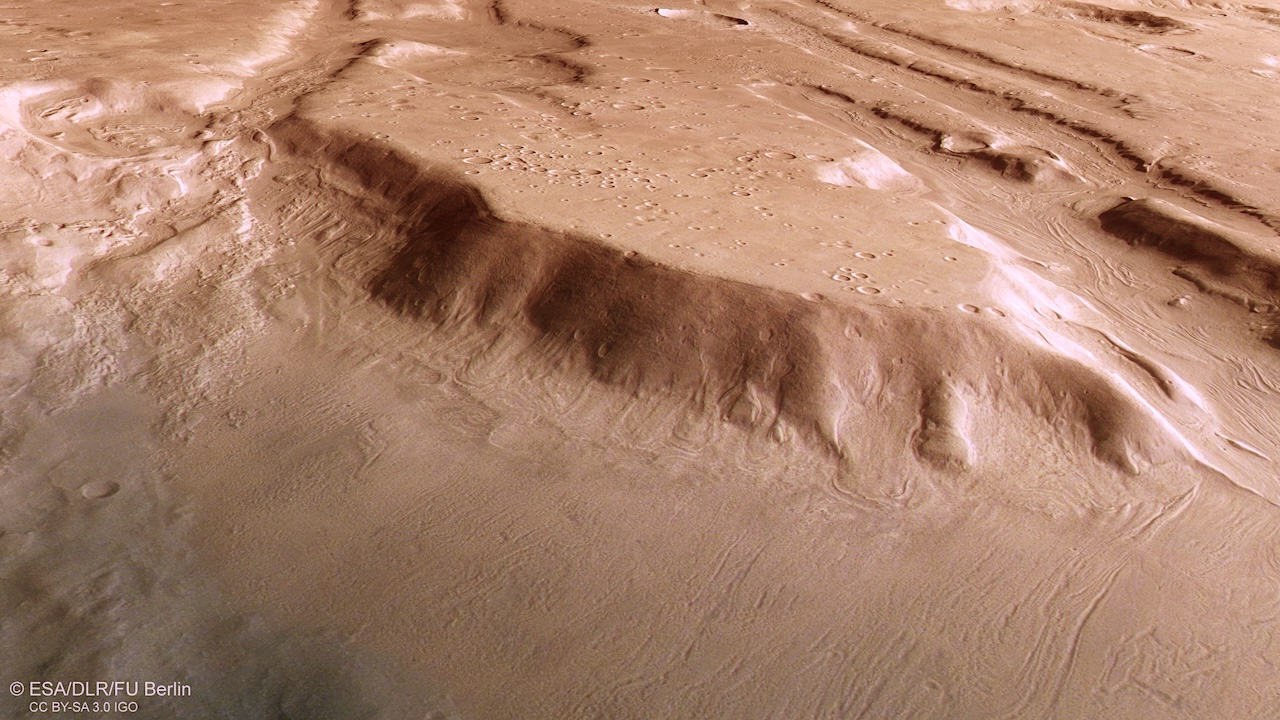

Earth isn’t the only planet to go through ice ages. A handful have hit our home planet in the last 2.5 billion years, with the most recent – which peaked around 20,000 years ago – taking Earth’s average temperature down to around 7–10 °C (up to 8 °C cooler than today).
ce ages are an entirely separate phenomenon to more recent human-caused global warming. They are part of an ancient geological rhythm primarily caused by changes in a planet’s path around the Sun and the wobble of its rotational axis. During an ice age, ice is more widespread in the form of glaciers and ice sheets, and fluctuating temperatures enable flows of ice to advance and retreat across the globe.
We see the telltale signs of previous ice ages on other planets, too – their impact on modern-day Mars is evident in these new images from the High Resolution Stereo Camera on ESA’s Mars Express.
The roughly parallel lines slicing diagonally through the image are known as Coloe Fossae, a feature created as alternating chunks of ground fell away. Many craters, formed as incoming space rocks collided with the surface, are seen here: large, small, overlapping, irregular, clustered, older and more recent, both well-defined and smoothed away by erosion. On the floors of the valleys and craters is something exciting: patterns of swirling lines that indicate where material flowed during a previous martian ice age.

The patterns of Coloe Fossae. — ESA Larger image
These patterns hint at the past climate of the Red Planet. They’re known more technically as lineated valley fill (in valleys) or concentric crater fill (in craters). They formed as icy debris flowed slowly across Mars’s surface – reminiscent of glaciers seen here on Earth – and became topped by a thick layer of rocky material.
However, this region sits at a latitude of 39°N, nowhere near Mars’s north pole (at 90°N). How did ice accumulate here?
The answer lies in the pulse of advancing-retreating glaciers during an ancient ice age. Although Mars is currently dry, it has experienced alternating periods of warm and cold, freeze and thaw, throughout its history, driven by changes in the tilt of its axis.
Astrobiology, Astrogeology,
Stay Informed With the Latest & Most Important News
-
 012024 in Review: Highlights from NASA in Silicon Valley
012024 in Review: Highlights from NASA in Silicon Valley -
 02Panasonic Leica Summilux DG 15mm f/1.7 ASPH review
02Panasonic Leica Summilux DG 15mm f/1.7 ASPH review -
 03How New NASA, India Earth Satellite NISAR Will See Earth
03How New NASA, India Earth Satellite NISAR Will See Earth -
 04And Thus Begins A New Year For Life On Earth
04And Thus Begins A New Year For Life On Earth -
 05Astronomy Activation Ambassadors: A New Era
05Astronomy Activation Ambassadors: A New Era -
06SpaceX launch surge helps set new global launch record in 2024
-
 07Space Force plans new ‘Futures Command’ amid pressure to speed up modernization
07Space Force plans new ‘Futures Command’ amid pressure to speed up modernization












